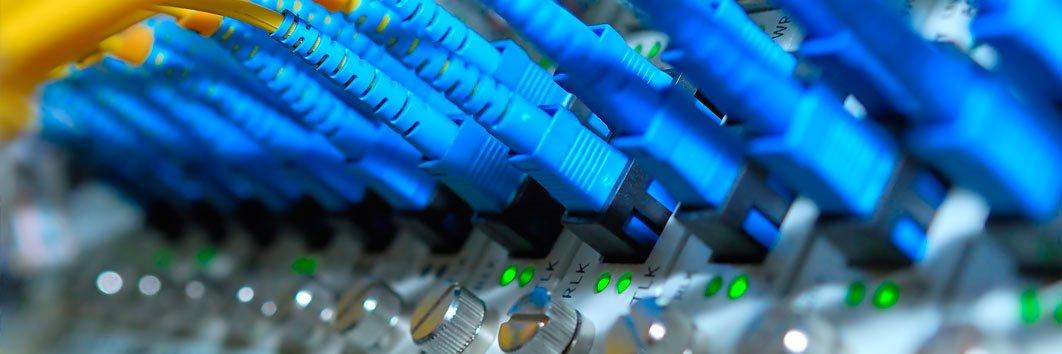
The Internet of Stuff... No, Items... No, Things!
Christopher Kitts
If you’re tuned in at all to the world of technology, no doubt you’ve heard the buzz about the Internet of Things. Unless you’re up to speed on this topic, the name itself is frustratingly ambiguous. The Internet of Things? The generic name and the hype surrounding it make it easy to dismiss, but don’t be fooled. This is a big deal.
The underlying vision of the Internet of Things (IoT) is that “everything” is connected via the Internet - yes, everything! – and that exciting new services and capabilities can be created with this connectivity.
The underlying vision of the Internet of Things (IoT) is that “everything” is connected via the Internet - yes, everything! – and that exciting new services and capabilities can be created with this connectivity. Imagine thousands of sensors in your home, your car, your office… and even on you! The data from all of these would be available for analysis and display via the Internet. You might use this to have a heightened awareness of what’s going on in your world, or to track activities in your environment, or to make decisions that control devices that are also Internet-connected, or to help you manage your day-to-day activities.
Simple examples of this might include home security or environmental monitoring systems, where a network of sensors provides information regarding possible dangers or the condition of your home. You could check in on your home through your computer or cell phone, and the system could take some actions automatically, like sounding an alarm or adjusting your thermostat.
Beyond these conventional applications, I think the most exciting aspect of IoT is to imagine new capabilities that could be blended using a vast array of internet-based sensors, devices, and computing functions, especially when combined with Internet-based data repositories, social media, and so on. Imagine the ability to monitor energy consumption at an incredibly detailed level throughout an entire region, making people aware of their energy use and perhaps even allowing them to automatically turn off lights, adjust thermostats, and delay washing/drying clothes if regional energy demand peaks.
This vision is intriguing, and I can imagine benefits ranging from simply helping people in their everyday lives, to dramatically changing industries such as agriculture and manufacturing, to addressing societal problems in novel ways. Economically, some forecasts estimate that the IoT market will exceed 10 trillion dollars in the next decade and that we’ll have nearly 30 billion Internet-connected devices within the next five years – that’s incredible! IoT leverages other computing trends like big data (discovering facts and trends from vast amounts of data) and cloud computing (providing intelligence for IoT services).
My hope is that Santa Clara University students and faculty will become innovators of this technology, while also contributing to the creation of a constructive and equitable ethos that governs its use.
Of course, the sunny future of IoT is clouded by the risk of this technology being exploited for inappropriate purposes. Security and privacy are certainly challenged if IoT sensor data can be improperly accessed. And because some IoT services take action like turning devices on and off, it may be possible to mistakenly or nefariously create inefficient or even dangerous situations. My hope is that Santa Clara University students and faculty will become innovators of this technology, while also contributing to the creation of a constructive and equitable ethos that governs its use.

